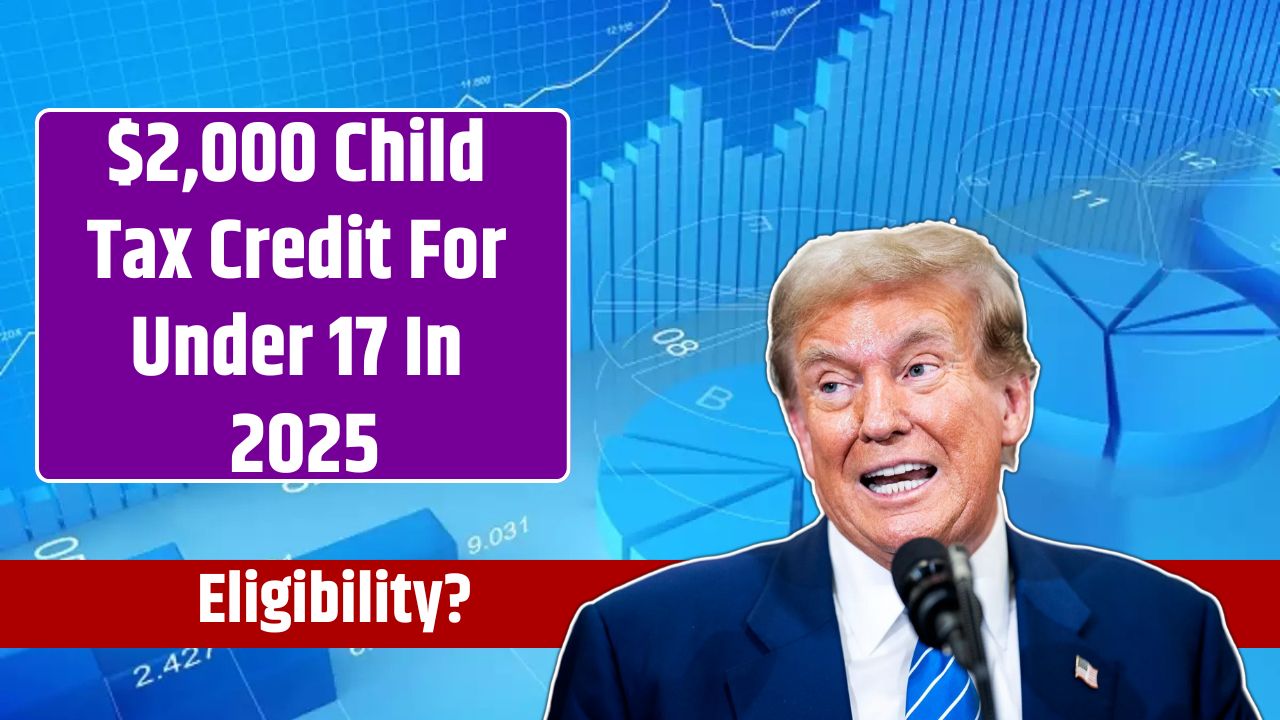The Child Tax Credit (CTC) continues to provide crucial financial relief for families in 2025, offering up to $2,000 per qualifying child under 17.
For many, it’s a welcome reduction in their tax burden and even a source of additional income through refunds.
Here’s a clear and simple breakdown of how this credit works, who qualifies, and what changes might be on the horizon.
What Is the Child Tax Credit?
Think of the Child Tax Credit as a direct deduction from your tax bill. For each qualifying child, you can reduce the amount you owe by up to $2,000.
It’s straightforward and can significantly impact families with multiple children.
Refundable Amounts
A key feature is that up to $1,700 of the credit is refundable, meaning even if your tax bill is $0, you could receive the remainder as a refund check.
This helps families with lower incomes who might not owe taxes but still benefit from the credit.
Eligibility Criteria
To claim the credit, certain conditions must be met:
1. Relationship
The child must be your biological child, adopted child, stepchild, or a dependent sibling.
2. Age
The child must be under 17 at the end of the tax year.
3. Residency
The child must have lived with you for more than half the year.
4. Social Security Number
A valid Social Security Number (SSN) is required for each qualifying child at the time of filing.
Income Limits
Not everyone qualifies for the full $2,000. The credit begins to phase out if your income exceeds:
- $200,000 for single filers or heads of household
- $400,000 for married couples filing jointly
For every $1,000 above these thresholds, the credit reduces by $50. If your income is close to these limits, it’s wise to calculate carefully to understand your eligibility.
What’s New for 2025?
Currently, the $2,000 Child Tax Credit remains unchanged. However, it’s essential to keep in mind:
Expiration of Current Benefits
The Tax Cuts and Jobs Act (TCJA), which expanded the credit in 2017, is set to expire at the end of 2025. If Congress does not extend these provisions, the credit may:
- Decrease to $1,000 per child
- Lower income thresholds for eligibility
This could significantly impact families relying on the larger credit, so staying informed about legislative updates is crucial.
How to Claim the Credit
Filing Your Return
- Form 1040: This is your main tax filing form.
- Schedule 8812: Use this form to calculate your credit and any refundable portion.
Documents to Prepare
- Birth Certificates: To confirm the child’s identity and age.
- Proof of Residency: School records, utility bills, or lease agreements.
- SSN: For each qualifying child.
Special Circumstances
Life changes such as births, adoptions, or custody updates can impact eligibility. Update your information with the IRS to avoid delays.
Maximizing Your Credit
The CTC is a significant financial tool, but there are ways to ensure you get the most out of it:
- File Early: Ensure all required documents are ready and accurate.
- Monitor Changes: Stay updated on tax laws, especially with the TCJA set to expire.
- Seek Professional Advice: A tax advisor can help you navigate complexities like income phaseouts or additional benefits.
How the Credit Impacts Families
For many households, the Child Tax Credit provides critical financial relief. Here’s how it can help:
- Covering Essentials: From groceries to school supplies, the extra funds can ease everyday expenses.
- Reducing Debt: Apply refunds toward high-interest debt to improve financial stability.
- Building Savings: Use the refundable portion to bolster emergency funds or future investments.
In uncertain economic times, the Child Tax Credit can be a lifeline, offering families a cushion against financial strain.
















